Investing for the future of wildlife and communities
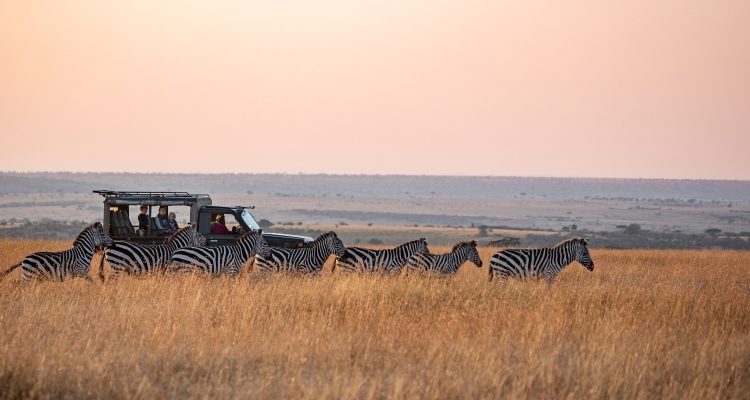
Private conservancies are areas of land set aside for wildlife habitat and conservation. Often landowners choose to do this themselves or, as in the case of the Masai Mara Private Conservancies, tourism operators lease land from Masai landowners.
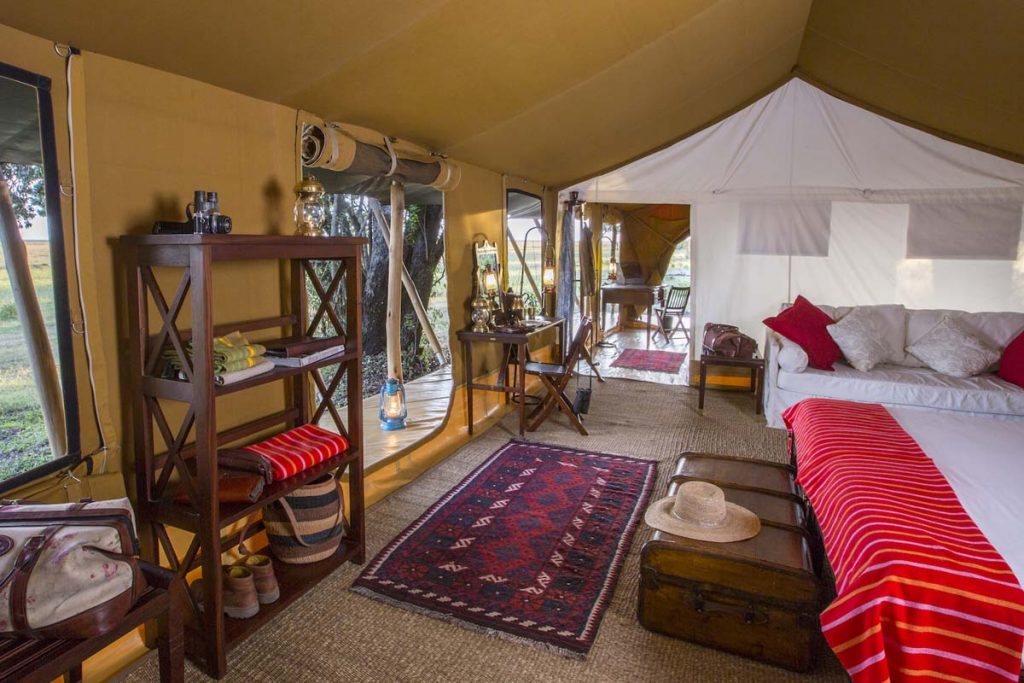
Elegant tented accommodation at Elephant Pepper Camp
Conservancies differ from national parks and reserves in that they are not government run and follow their own set of more relaxed regulations. Particularly notable is that only guests staying at camps in the Mara Conservancies are allowed to traverse the land, so visitor numbers are kept low. Safari activities are varied too with off road driving, walking and riding safaris, sundowners, bush dinners and night drives all possible on conservancy land.
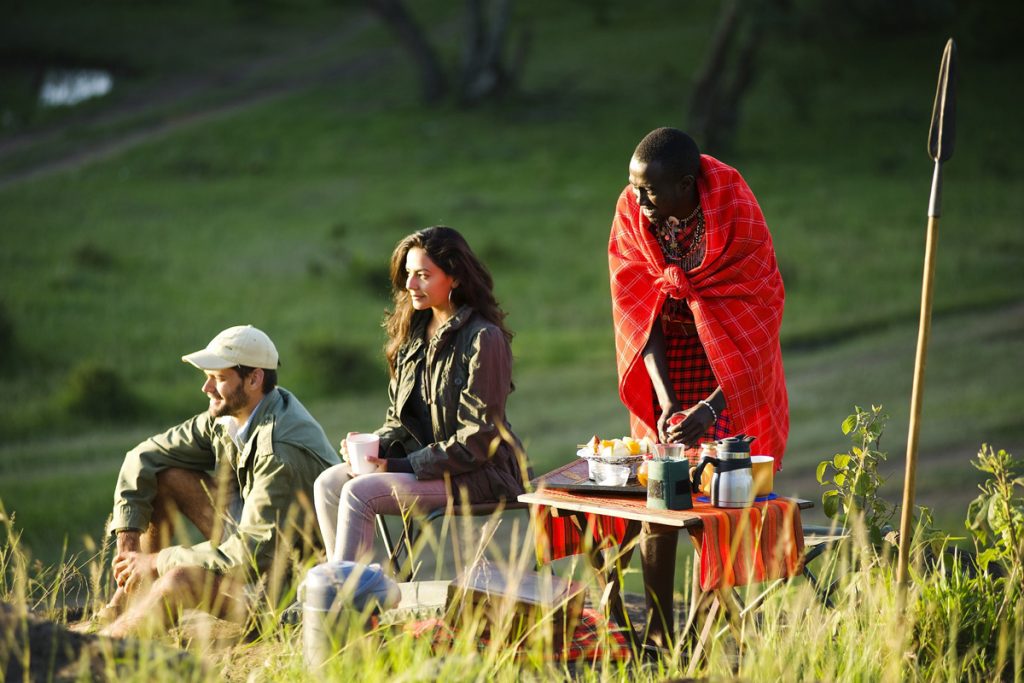
Enjoying a bush breakfast while staying at Kicheche Mara Camp
The 15 independently managed Mara conservancies have tight regulations on the number of properties within their boundaries and house just 40 camps with an estimated 720 beds – this in an area the same size as the entire Masai Mara National Reserve.
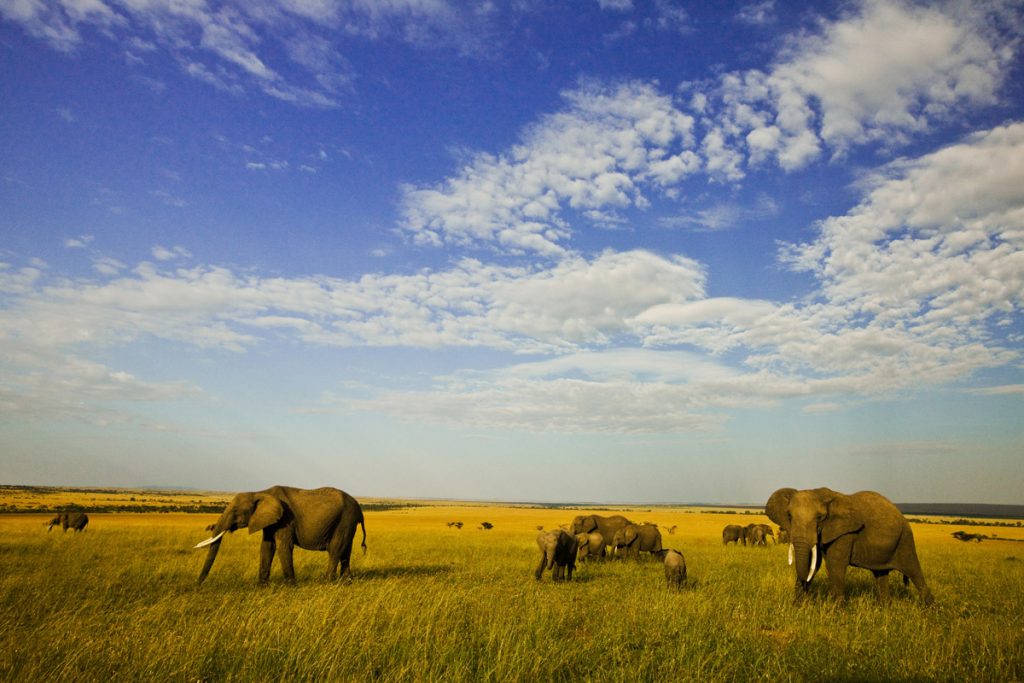
Uninterrupted wildlife viewing at Mara Plains
With habitat loss the number one cause of declining wildlife numbers in Africa, over and above poaching, the conservancies offer a wonderful way to preserve the habitat available for wildlife. In Kenya, where the population is increasing 8% each year, they are particularly valuable.
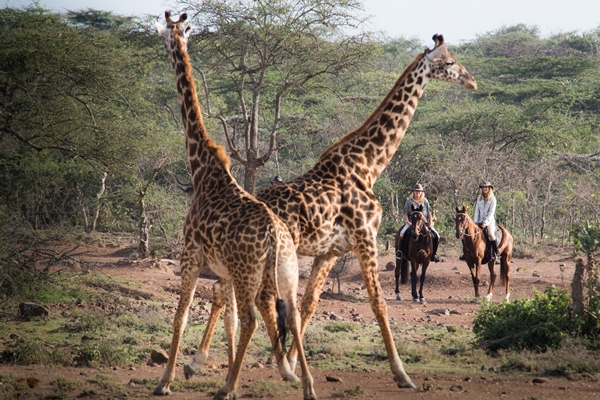
A riding safari is a wonderful way to explore the conservancy. Safaris Unlimited
Management hasn’t always been easy, with the signatures of over 14,000 private Masai landowners needed in order to keep the conservancies available for wildlife. The Masai pastoral lifestyle meant many of the older generation were initially reluctant to accept leasing their land for more than five years. The stability and steady income provided finances school bursaries, medical and general expenses and also enabled landowners to take out bank loans. Grazing of cattle is permitted on a revolving zonal basis within the conservancies. Ocassionally these grazing regulations are contravened but in general, the agreements are honoured. The conservancies have thus become a haven for wildlife between the busy national reserve and the growing rural communities.
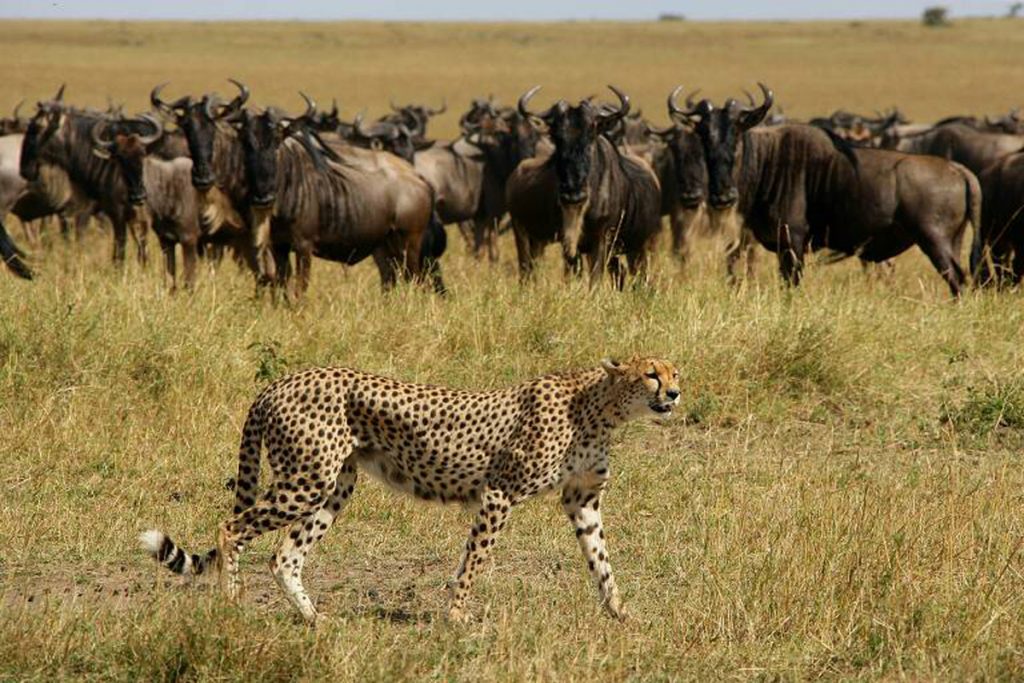
Fabulous wildlife viewing at Elephant Pepper Camp
Lease payments to the Masai landowners are primarily funded by a conservancy fee which is paid by every visitor staying in a private conservancy. Now, without visitors, tourism operators are struggling to find the cash for these lease payments, putting the conservancies and the livelihoods of Masai communities at risk. If the fees can’t be paid, landowners will simply end the lease, take the land back and ptentially fence it. The scarier prospect is that they may also choose to sell the land to individuals without an interest in conservation who could erect fences, interrupting wildlife corridors and further reducing habitat. Kenya Wildlife Conservancies Association works keenly to mobilise landowners to adopt approaches that are compatible with wildlife. However, it’s possible that developers would erect permanent structures, thereby cutting off forever sections of land which are currently protected for wildlife.
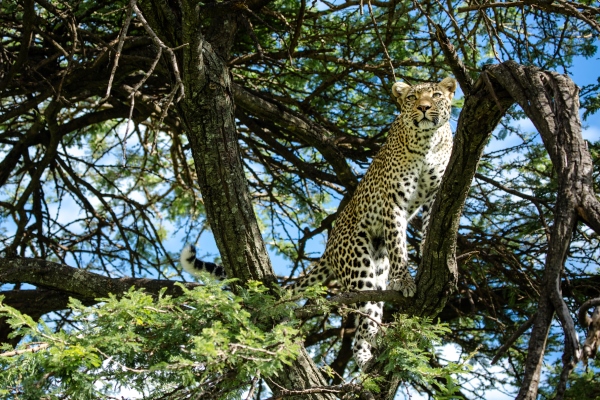
Leopard on the look out. Mara Plains
Tourism operators such as Offbeat Mara and Kicheche, with whom we work closely, are asking for help at this challenging time. Should you wish to support them while travel is not possible, you can pay your conservancy fees in advance, with this amount being deducted from the cost of your stay once travel permitted. Two of our clients who have so far chosen to contribute in this way include Kathy Farrell and Richard Roman.
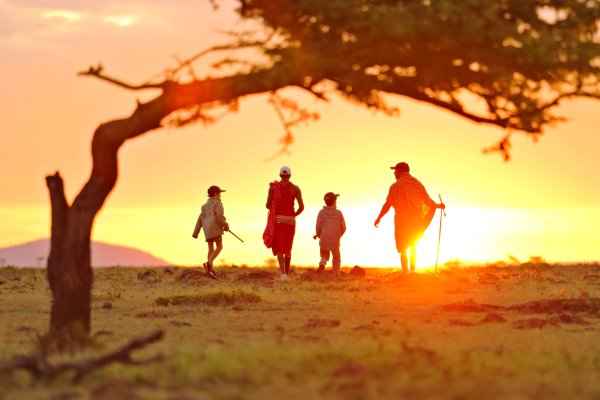
Children are welcome at many camps, including at Kicheche Mara Camp
Kathy has visited the Masai Mara on a number of holidays and was not long back from Kenya when Covid19 shut down travel in March 2020. She had already arranged a trip for February 2021 which includes almost two weeks in the Mara conservancies and has prepaid her conservancy fees. Kathy says of the region and her decision to make the prepayment, “I wanted to do something to help this amazing area – the wildlife spectacle of the Mara conservancies is stunning but without tourists visiting and supporting them, the Masai will have no income and will be forced to return to the old days and the land will return to cattle grazing. After so much hard work by all involved, this would be heart-breaking. Spending many hours in vehicles with the local guides also means you find out about their families and the villages they come from, and it is hard to think of these people going hungry through lack of funding, not to mention the poaching that could occur without the presence of the many safari vehicles that traverse the conservancies.”
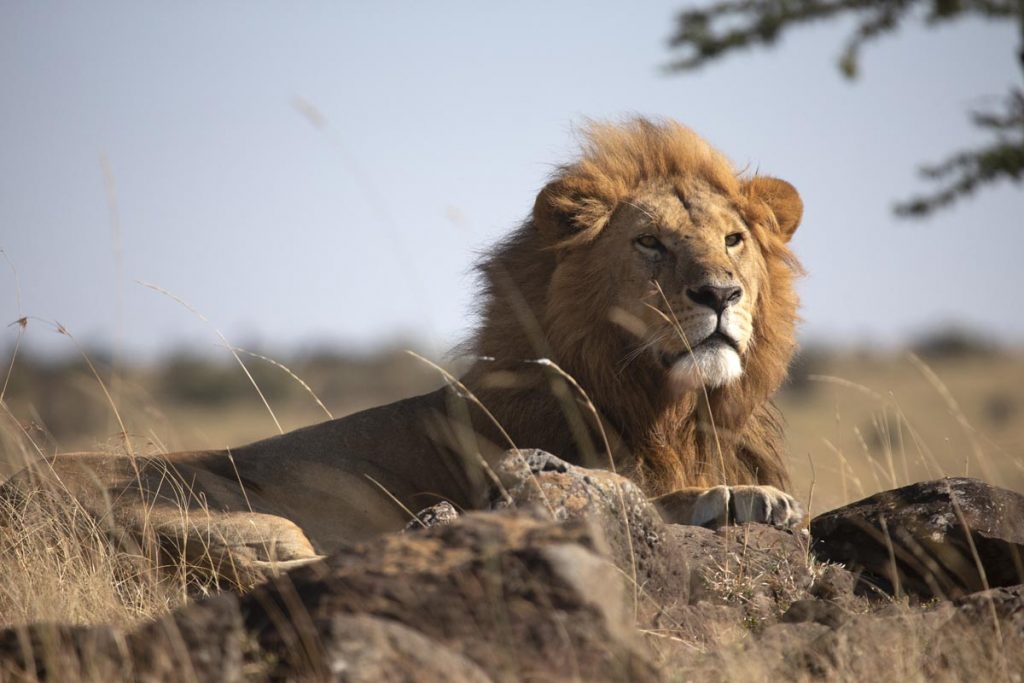
Lion spotted on a wildlife drive close to Offbeat Mara Camp
Richard is an Aardvark Safaris’ client who has visited a number of safari areas in Africa including a stay at Offbeat Mara Camp in 2019. He is due to visit again in November 2020 and has also prepaid his conservancy fees. Richard says, “The wildlife viewing in the Mara North Conservancy is spectacular. The Masai Mara National Reserve may grab the headlines but I much prefer the conservancy. There are fewer vehicles allowed in the Mara North Conservancy which means quite often you are the only vehicle on a sighting. The ability to drive off road adds to the experience. I’m looking forward to visiting Offbeat Mara again and decided to prepay my conservancy fees to ensure that this very special area continues to be protected for the wildlife and to help support the local Masai communities during this difficult time.”
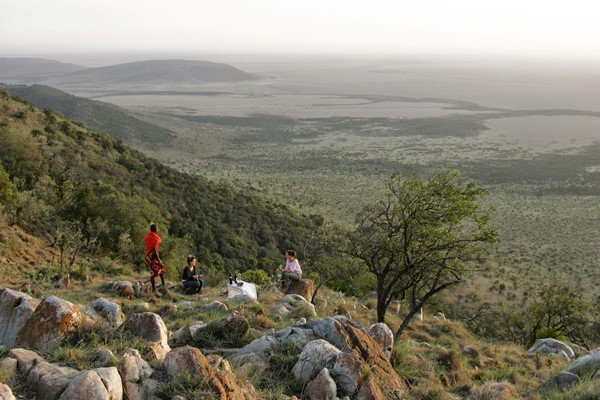
Not another soul in sight, sundowners at Saruni Mara
Kicheche has set up two options to accept donations through its Conservancy Guardians webpage. This details the difference between the philanthropic ‘Protect An Acre’ scheme and the pay-it-forward ‘Credit The Conservancy’ scheme. Find out more and donate here: https://kicheche.com/conservancy-guardians/
Leave a Reply